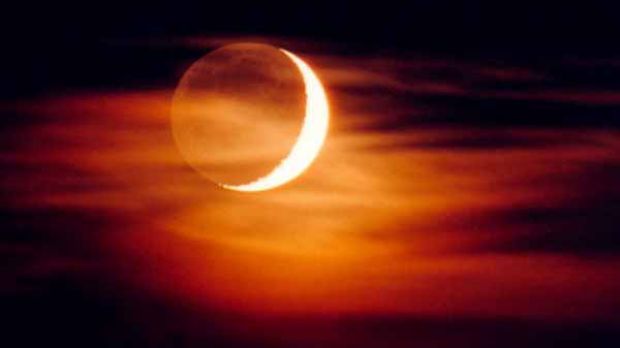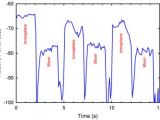The experiment conducted by the Naval Research Laboratory, in collaboration with a few other U.S. governmental institution, was mainly designed in order to make detailed measurements on the surface of the Moon, and the Earth's upper layer of the atmosphere, the ionosphere. The team of scientists successfully sent and received radio signals bounced on the surface of the Moon, and claims that this is the lowest radar frequency ever used to make bistatic measurements.
The radio signals have been emitted from the Air Force High Frequency Active Auroral Research Program, or HAARP for short, situated near Gakona, Alaska, have reflected on the surface of the Moon and received by the radio antennas in the state of New Mexico. The low frequency characteristics of the signal gives it unique properties, meaning it can penetrate the upper dusty layer of the lunar surface and reveal the topography of the satellite, which is usually hidden while making measurements by traditional optical methods.
Furthermore, the upper layer of the Earth atmosphere, which usually bounces back to the Earth's surface the high frequency transmissions hitting it at a low angle, seems to be partially transparent to low frequency radio signals.
Carried out between October 28th and 29th, last year, the low frequency radar experiment involved sending out two signals with HAARP, at frequencies of 7.4075 megahertz and 9.4075 megahertz, which were received by the Long Wavelength Array interferometer in New Mexico. Though the LWA interferometer had been specially designed to work at frequencies under the 88 megahertz FM radio band, it required brand-new digital receivers, in order to match the specifications of the experiment.
Aside the success of the experiment, the research team reported that they also proved that the HAARP radio emitter could be operated at radio frequencies way lower than those specified in the instrument's design. The actual HAARP antenna points at an angle of 45 degrees away from Zenith, so that it is able to accurately track the Moon's trajectory on the sky.
HAARP transmitted two-second long pulses every five seconds, for a period of two hours each day, meaning one hour for the 7.4075 megahertz signal and one hour for the other, which were received in New Mexico with a 2.4 second delay. Currently, HAARP is thought to hold the record for the lowest frequency signal used in a bistatic radar measurement.

 14 DAY TRIAL //
14 DAY TRIAL // 
